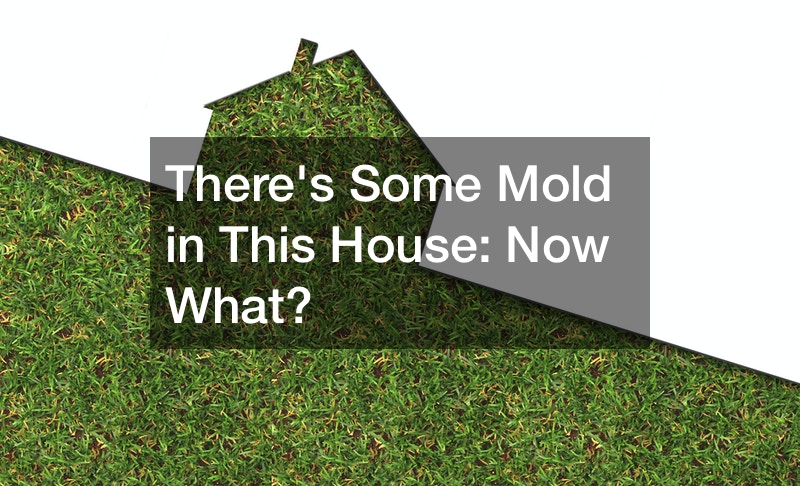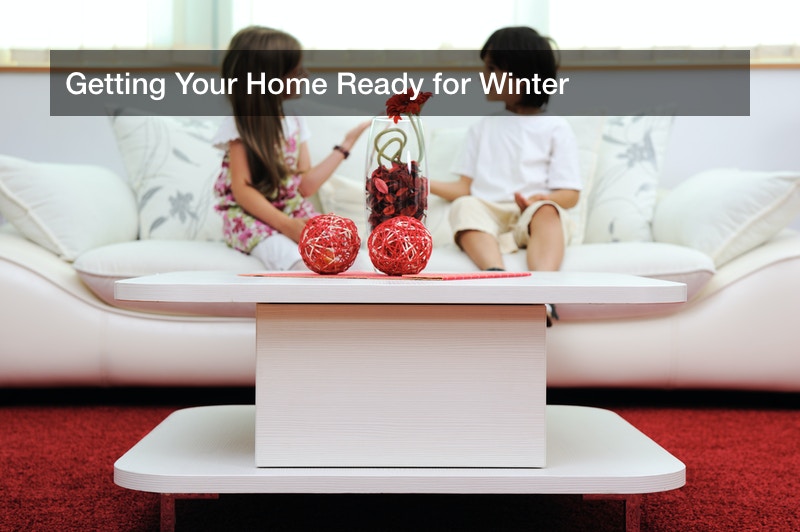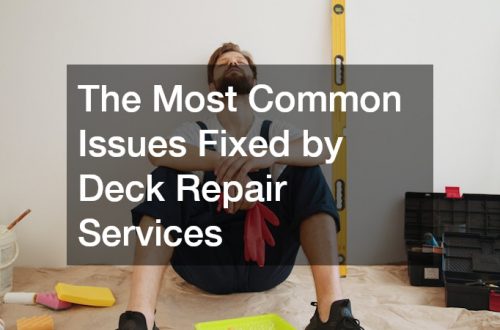
None of us want to deal with mold in our houses. You might not even know what some of the most common signs of mold in your home look like. But mold is a lot more common than you might think, especially if you live in an area that’s prone to water damage or humidity. Fortunately, there are ways that you can deal with mold after it has initially cropped up in your house. The more you know, the more you can do to ensure that you aren’t dealing with mold for the long term — and that once you’ve remedied it, the mold won’t come back. With that in mind, let’s dive into some of the common questions surrounding mold and mold remediation.

What Are Some Common Signs of Mold in Your Home?
There are actually a lot of common signs of mold in your home. You may have already seen a lot of them without even realizing it. Of course, some of them are not necessarily visible, but rather can be picked up through your other senses.
Yes, one of the most common signs that you may be dealing with a mold problem is a funny smell, most likely coming from your air conditioning. Standalone air conditioning units are actually perfect places for mold growth, as they are dark, damp, and often exposed to warm temperatures, especially when they are not in use. If you pick up on a gross smell coming from your air conditioning unit, it could very well be a sign that mold has grown there.
Another common sign that you may be dealing with a mold problem is dark grout between your bathroom or shower tiles. Upon reading this, you’re probably a bit horrified, as a lot of us are dealing with dark grout in our bathrooms. Fortunately, you most likely don’t need to worry about your bathroom remodeling team getting sick. Most of the time, the types of mold that grow in between tiles are harmless. However, if your bathroom plumbing is leaking or if you’ve recently dealt with nearby flooding, there could be more of a risk of the mold being toxic. Either way, you should invest in a good grout cleaner and try to keep your bathroom as clean as possible to prevent this problem.
Common signs of mold in your home often show up on walls, as well. If you have wallpaper, you may begin to notice it peeling. This could be the result of mold growing within or on top of the walls beneath and drying out the wallpaper (or otherwise causing issues with its efficacy). Dark spots and cracks on the walls can also be highly indicative of mold in your home. Generally speaking, mold can come in many different forms and colors. Therefore, these spots may look like water stains or could be classic dark or green mold. Either way, you need to think about getting in touch with mold removal professionals if you notice these types of issues within your home.
You may also, unfortunately, begin to notice signs of mold in your home through your own body. If there is mold in your home, you’re exposing yourself to spores. This could cause, for some people, symptoms that mimic a cold on a near-constant basis. Other people may notice that their pre-existing respiratory conditions like asthma have recently worsened. Some people are triggered more through their skin, which means that they find themselves itching more often than they did previously, suggesting a skin reaction to mold. No matter what the symptom, if it’s connected to mold it should be taken seriously.
What Causes Mold to Grow In and Around Homes?
There are a lot of different issues that can cause mold to grow within homes. It’s important first for you to recognize that even if you’re extremely attentive to cleaning and do everything that you can to prevent the most common signs of mold in your home from showing up, they still can appear. Mold in your home doesn’t necessarily have to do with how clean your home is and how fastidious you are about disinfecting surfaces. It can actually have a lot more to do with where your home is located, as well as the home’s general layout.
Firstly, it’s important for you to understand that mold is a fungus. Like all other types of fungi, it has spores instead of seeds. Spores are tiny and are released by different fungi before traveling through the air and finding spots where they eventually land and grow into mold. Therefore, mold can really crop up anywhere. It just needs to get into your home one way or the other. Some of the most common entry points for spores in a home include doors, windows, clothes and shoes, heating and air conditioning vents, and pets. Yes, even your family dog can bring tiny spores into your house after going out on a walk or being let in from the backyard. But if your pets can bring spores into your home, so too can nasty pests like rats and mice. What’s more, pests are actually attracted to mold. Therefore, if you’re serious about ensuring that you don’t experience signs of mold in your home, you should be just as serious about ensuring that you don’t have a pest problem.
Now, mold doesn’t necessarily grow everywhere. It needs to find the right conditions in order to thrive. For mold, the correct conditions include dark, damp, and warm places. This means that some homes are naturally more at risk of developing mold than others. For example, in homes that are located at sea level in warm environments, mold may find it easier to grow than it would be in an extremely cold and dry place. Therefore, some of the more common places for mold to grow include near leaky pipes, around windows, in basements, crawl spaces, and attics, and in sinks, bathtubs, and showers. Basements, in particular, are known for their mold growth, with many basement cracks being caused or made worse by mold.
Mold can also be connected to other factors including the age of your home and its general layout. Older houses often have more dark cracks and gaps, which are quite vulnerable to developing mold. Furthermore, it’s often easier for these homes to fall prey to water damage. With water damage often comes some of the most common signs of mold in your home. This is because water naturally causes the damp conditions in which mold is likely to grow. Water-damaged areas remain damp for extended periods of time, which can make conditions even more mold-friendly. Even after spending money on your flood restoration, you may find that some of the areas that are most likely to develop mold are the hardest to clean up. This is especially true if your home has a basement.

Is Mold Remediation Covered By My Homeowners’ Insurance?
Naturally, many homeowners are immediately disturbed upon finding out that they’re dealing with mold. But they aren’t just disturbed because mold can damage both their homes and their health. They may also be disturbed because mold remediation services can be on the pricier side. Not only will you need to pay for the remediation services themselves, but you may also have to foot the bill for the subsequent damage cleanup. It’s likely that your home will have been damaged by mold on some level if you’re in need of mold remediation services.
So the question, then, is whether or not mold remediation services are covered by your home owners insurance. The issue has less to do with the mold itself or the signs of mold in your home that you may be experiencing and more to do with what caused the mold in the first place. If the cause of the mold is covered under your policy’s “covered perils,” then you will be able to pay for mold remediation services through your insurance policy. Otherwise, it’s unlikely that your insurance policy will cover the mold remediation services and the subsequent cleanup and damage repairs that you may need. However, there are always exceptions to consider.
Many of the causes of mold are issues that homeowners’ insurance companies consider preventable. This would include water damaged caused by leaks, as well as flooding or high humidity. For example, in order to prevent mold from developing in your home, you can set your humidity levels so that they settle between 30% and 50%. Your homeowners’ insurance policy issuers will point to this to prove that the mold was preventable. They, therefore, would argue that they are not responsible for covering remediation services. However, if you can prove that the mold was connected to a covered peril like fire, vandalism, theft, falling objects, or any of the other covered perils your policy mentions, you can most likely count on remediation being covered. The trouble for many people, understandably, is that it can be difficult to prove the connection between mold and one of these covered perils.
Homeowners should remember that there are also sudden and accidental incidents to consider. Sudden and accidental incidents may include the unexpected malfunctioning of a washer, causing mold in your home after a leak. If the washer was new and in great condition, you probably wouldn’t be expected to have known that it could be at risk of leaking — simply because the washer shouldn’t have been at risk of leaking in the first place. If you can have professionals like plumbing contractors attest to how the issue is sudden and accidental, you could have a better cause on your hands.
If you are particularly worried about the common signs of mold in your home, you should see if your insurance company offers any limited coverage policies specifically made for mold claims.
What Steps Should I Take to Fix My Home’s Mold Problem?
Fortunately, you do have options to alleviate your home’s mold issues. In fact, these steps are really quite simple. The first step is that you should get in touch with mold remediation specialists. And from then on, it’s really largely out of your hands. It’s important for you to understand that dealing with mold can be dangerous, so you shouldn’t attempt to take care of your mold problem by yourself.
The manner in which mold is dealt with in your home depends on how severe the mold issues have already gotten. There are some situations in which mold may have caused serious damage to wood and drywall, for example. In those cases, entire parts of the walls may have to be replaced. But if you’ve only recently started to see the signs of mold in your home, you may not have to deal with the same degree of repairs and the costs that come with them. Of course, if your mold has gotten into hard-to-deal-with areas, the costs can inevitably increase. Repairing damage that has been done to residential roofing is never inexpensive and it can only become more expensive if that damage involves mold.

What Are the Health Consequences of Mold Exposure?
Being exposed to mold can affect your health over time. As previously mentioned, a lot of people have relatively minor allergic reactions to mold, often in the form of itchy skin or cold-like symptoms. But even if your symptoms are minor, they’re still frustrating and discouraging, especially if they are the result of signs of mold in your home. But these issues can also be more complicated and even scary if you have a respiratory condition.
Those with respiratory illnesses like asthma, as well as immune system disorders, can be more vulnerable to the symptoms caused by mold exposure. Mold exposure can make it more difficult for them to breathe easily and trigger symptoms like coughing. Although these symptoms may not seem to bother them much at first, these symptoms can become more serious over a prolonged period of time. If you find that you have a worsening pre-existing medical condition or you’ve been dealing with a cold you can’t seem to shake, it might be worth finding out whether you have an underlying mold issue within your home.

Should I Not Buy a House With a Mold Problem?
A lot of houses have mold or may have signs that point to mold. But the question for many is whether or not that means they should forego buying a house at all. After all, a lot of houses are bought with some damage; for example, if a house had broken gutters, would this mean that the house itself shouldn’t be put on the market or should be avoided by buyers?
If a mold problem is not immediately disclosed to you by a seller, it will probably be caught during a home inspection. In some cases, your mortgage lender may not back you through the sale if the house has mold. But if you are able to buy the home, there are options available. Mold is not a permanent issue if it is handled correctly. You can work with your seller to have them cover the costs of mold remediation. This will make the house cheaper for you, and allow you to buy the home of your dreams. Consider this option carefully; don’t enter it lightly. But it could be a great option for you if you want to buy a home with mold.
Now that you’re pretty much an expert on mold, you’ll be able to recognize the signs of mold in your home or potential health complications that could be related to mold exposure. Knowing is half the battle — and armed with this information, you can make better decisions about both your home and your health.




